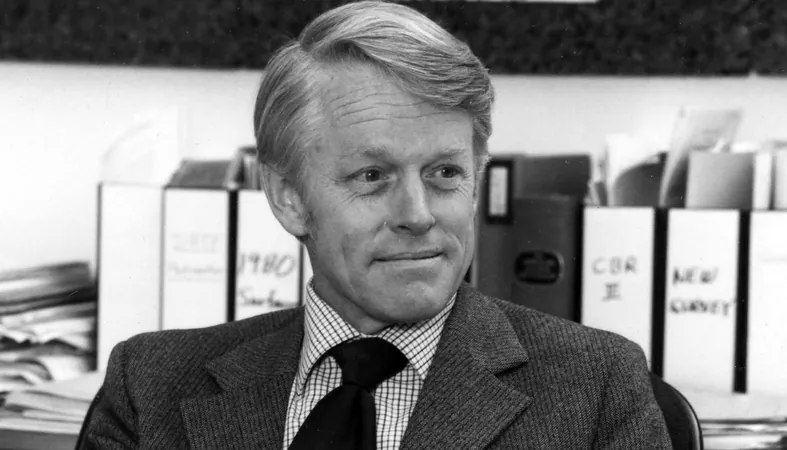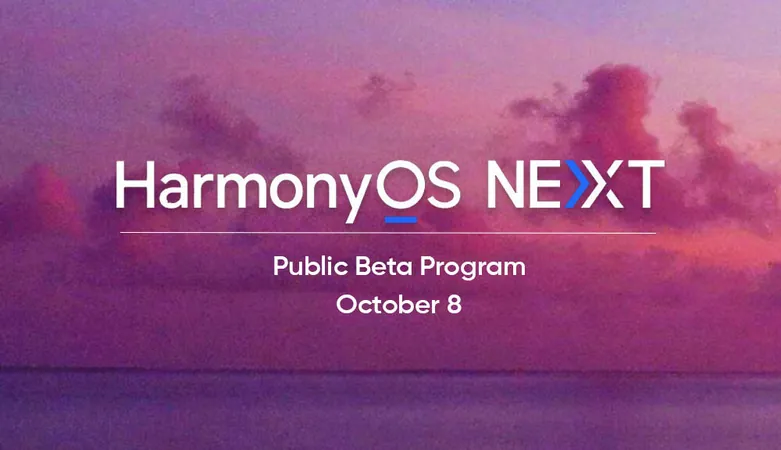
Farewell to a Visionary: Paul L. Richards, Pioneer of Cosmic Microwave Background Research, Passes Away at 90
2024-09-25
Introduction
Renowned physicist Paul L. Richards, a groundbreaking figure in the study of the cosmic microwave background (CMB) radiation, peacefully passed away at his home in Berkeley on September 16 at the age of 90. As a professor emeritus at the University of California, Berkeley, Richards leaves behind a remarkable legacy in both solid-state physics and cosmology.
Early Career and Shift to Astrophysics
Richards began his illustrious career studying superconductors, but his trajectory transformed dramatically following the landmark discovery of the cosmic microwave background in 1965. This pivotal moment triggered his shift into astrophysics, where he utilized specialized detectors—which he developed—to explore the faint radiation remnants from the universe's birth over 13.6 billion years ago. In the early 1970s, he collaborated with graduate student John Mather and postdoctoral fellow Michael Werner to build a Fabry-Pérot spectrometer, a feat that marked the onset of his dedication to cosmic exploration.
Development of Key Instruments
His most notable creation was a powerful, balloon-borne Fourier transform spectrometer, developed with Mather and fellow graduate students. This innovative instrument was essential for obtaining precise CMB measurements by positioning it above Earth’s atmosphere and cooling it with liquid helium—a strategy pursued from a Texas launch site. Such groundbreaking experiments played a critical role in providing compelling evidence for the Big Bang theory, demonstrating that the universe indeed began from an extremely hot point.
Significance of CMB Research
Richards's insights into how the details of the CMB laid the groundwork for the structures we observe today sparked conversations among leading scientists. "The cosmic microwave background is essentially the initial conditions for astronomy," he explained to *Science* magazine in 1994, elucidating its significance in understanding the formation of galaxies and cosmic structures.
Contribution to COBE and Balloon Experiments
His research ultimately contributed to the development of the Cosmic Background Explorer (COBE) satellite, which, in 1992, successfully detected minor temperature variations across the sky. This significant achievement earned Mather and George Smoot a Nobel Prize in Physics in 2006.
In addition to COBE, Richards initiated several balloon experiments, including the Millimeter Anisotropy Experiment (MAX) and MAXIMA, which confirmed inflationary models of the early universe. These groundbreaking projects demonstrated that cosmic structures emerged as a result of precise cosmic conditions predicted by theoretical physicists. Their findings were pivotal, affirming essential cosmological theories and significantly enhancing our understanding of the universe's makeup.
Mentorship and Legacy
Throughout his career, Richards was dedicated to mentoring the next generation of scientists, inspiring collaboration and innovation through his development of sensitive detectors based on superconducting technologies. His work facilitated the use of advanced instruments in subsequent experiments that continue to explore the complexities of the CMB, including the South Pole Telescope.
Honoring His Contributions
In recognition of his invaluable contributions to scientific research and education, UC Berkeley is dedicating a makerspace to Richards, aptly named the Paul L. Richards Innovation Lab. This initiative honors his belief that hands-on experience in building equipment is crucial for students entering scientific fields.
Personal Life and Final Thoughts
Richards was born on June 4, 1934, in Ithaca, New York, but he spent his formative years in Riverside, California. He attended Harvard University, graduating summa cum laude in solid-state physics before earning his Ph.D. from UC Berkeley. His distinguished career included pivotal roles at Bell Telephone Laboratories and the UC Berkeley physics faculty, where he made lasting contributions until his retirement in 2005.
Paul L. Richards's remarkable life and career are remembered not only for his scientific achievements but also for his profound impact on countless students and colleagues in the field of physics. He is survived by his wife, Audrey Jarratt Richards, two daughters, and two grandchildren, leaving an enduring legacy in the quest to understand the cosmos. As the scientific community reflects on the monumental strides made during his lifetime, his pioneering spirit will continue to inspire future generations of physicists and astronomers.




 Brasil (PT)
Brasil (PT)
 Canada (EN)
Canada (EN)
 Chile (ES)
Chile (ES)
 España (ES)
España (ES)
 France (FR)
France (FR)
 Hong Kong (EN)
Hong Kong (EN)
 Italia (IT)
Italia (IT)
 日本 (JA)
日本 (JA)
 Magyarország (HU)
Magyarország (HU)
 Norge (NO)
Norge (NO)
 Polska (PL)
Polska (PL)
 Schweiz (DE)
Schweiz (DE)
 Singapore (EN)
Singapore (EN)
 Sverige (SV)
Sverige (SV)
 Suomi (FI)
Suomi (FI)
 Türkiye (TR)
Türkiye (TR)